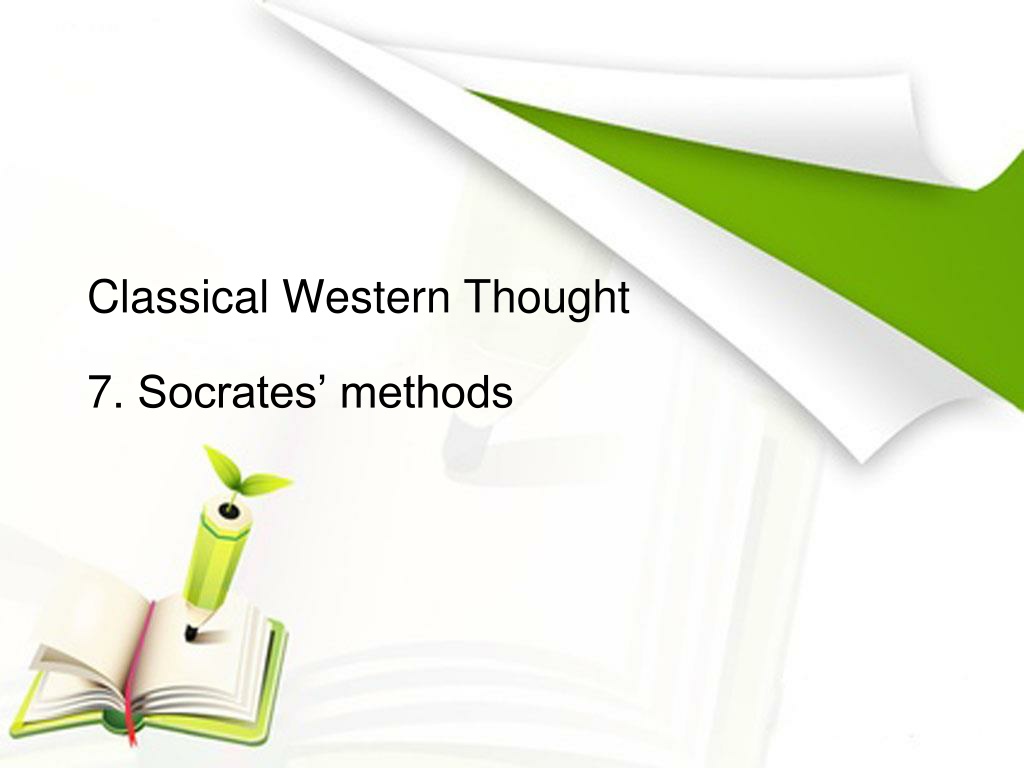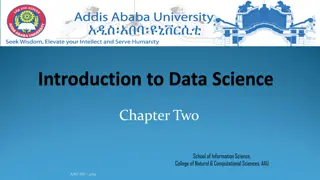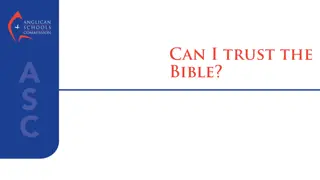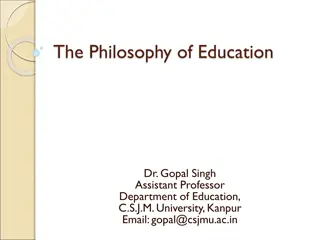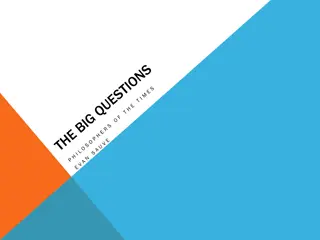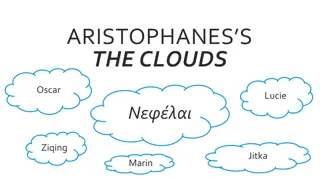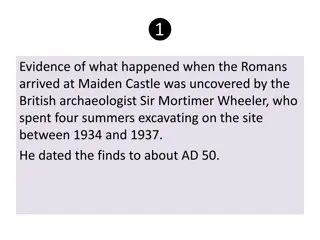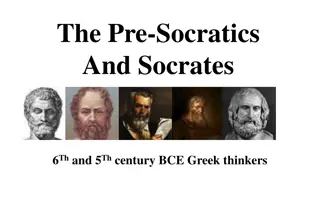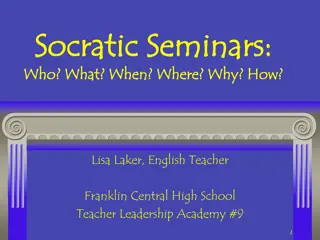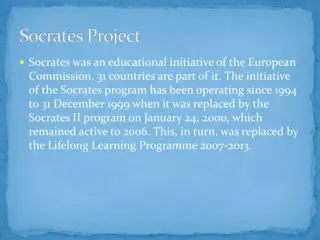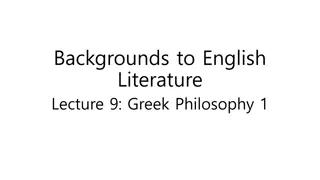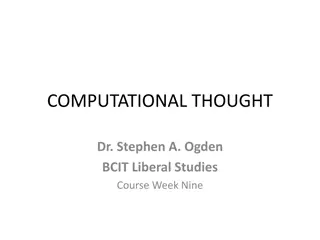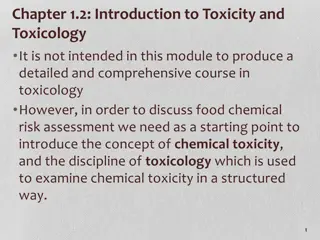Uncovering Socrates' Methods
Socrates, a key figure in classical Western thought, utilized a unique method of questioning to expose ignorance and lead others to discover truth independently. Through engaging dialogues and a commitment to seeking wisdom, he challenged conventional knowledge and inspired critical thinking among his students.
Download Presentation

Please find below an Image/Link to download the presentation.
The content on the website is provided AS IS for your information and personal use only. It may not be sold, licensed, or shared on other websites without obtaining consent from the author.If you encounter any issues during the download, it is possible that the publisher has removed the file from their server.
You are allowed to download the files provided on this website for personal or commercial use, subject to the condition that they are used lawfully. All files are the property of their respective owners.
The content on the website is provided AS IS for your information and personal use only. It may not be sold, licensed, or shared on other websites without obtaining consent from the author.
E N D
Presentation Transcript
Classical Western Thought 7. Socrates methods
1. Who is Socrates? Socrates (470-399 BC) He was strikingly ugly, had an unorthodox manner of dress and often wandered around barefooted. He taught orally and did not put his doctrines into writing. His student, Plato, wrote dialogues that reflect his views. 2
Unlike the Sophists (who were paid for teaching wealthy aristocrats the skills of oration and persuasive argument) Socrates charged no fee and taught students (including women) from various walks of life 3
2. What does Socrates do?Exposing ignorance The Oracle of Delphi What did the Oracle of Delphi say? --- No one is wiser than Socrates. What did Socrates think when he heard this? --- I know nothing. What did Socrates believe what the god wanted him to do? --- Find someone wiser than he. How did Socrates go about obeying the oracle? --- He questioned many people with great reputations for knowledge, but found that they did not possess knowledge at all. What conclusion did Socrates reach? --- I know more than they do in that I know that I do not know. 4
When I conversed with him I came to see that, though a great many persons, and most of all he himself, thought that he was wise, yet he was not wise. Then I tried to prove to him that he was not wise, though he fancied that he was. By so doing I made him indignant, and many of the bystanders. So when I went away, I thought to myself, I am wiser than this man: neither of us knows anything that is really worth knowing, but he thinks that he has knowledge when he has not, while I, having no knowledge, do not think that I have. I seem, at any rate to be a little wiser than he is on this point: I do not think that I know what I do not know. (p.34) 5
3. Socrates method of questioning The most powerful feature of the method is that instead of simply being given information, the pupils discover for themselves their own ignorance and are skillfully led to discover the truth on their own. 6
3.1 Stages of Socrates questioning Pose a question: what is X? X refers to some property. --- What s Piety? --Euthyphro --- What s Justice? -- Republic --- What s Virtue? -- Meno --- What s meaning? -- Sophist --- What s Love? -- Symposium 7
Socrates admits his own ignorance; his partner confidently put forth a definition of X. Socrates examines the definition and discovers that it is inadequate. His partner improves his definition; Socrates examines it again; the new definition is once again found to fail. The process are repeated several times until his partner realizes that he doesn t really know what he is talking about. 8
Reading: Platos Laches 1. What s the first definition of courage Laches offers? And how does he feel about his definition? 2. Is Socrates satisfied with his definition? Why? 3. What does Socrates mean by common quality ? 4. What is the second definition of courage Laches offers? 5. What s the problem of the second definition? 6. How does Laches feel about his definitions of courage in the end? 9
3.2 How does Socrates attack a definition? Structural flaw The argument is circular: Justice is what a just person does . A part is identified with the whole. A mere list of examples is offered instead of the defining property that is common to them all. reducing to an absurdity If we can deduce a clearly false statement from a proposition, this is definitive proof that the original assumption was false. Use counterexample to show that a definition is either too narrow or too broad 10
